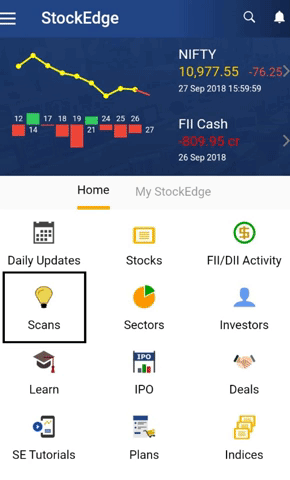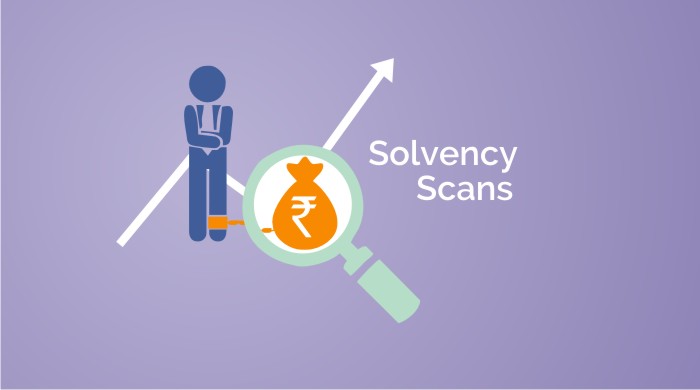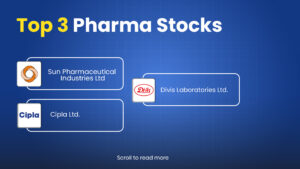Table of Contents
Solvency Ratio is an important tool to measure a company’s financial stability and strength. Investors investing decision is based on this being a major criterion. Solvency means the total assets a company is left with after paying off its current liabilities. Current Ratio or Quick ratio or liquidity ratio defines how quickly can a company liquefy its assets to pay off its debt. Thus current Assets divided by current liabilities gives us the current ratio of a company. If a company’s current ratio or Solvency Ratio is greater than 1 then its debt servicing obligation is expected to be very good.
What does Leverage mean?
Leverage means the amount of debt taken to run the company. It can be a short-term debt or working capital requirement or long-term debt.
- No Leverage means that the company is debt-free and has taken no loan for the working of the company which means the company is working on its internal accruals and is very sound. Thus these types of company’s do not get affected by macro factors like interest rates.
- Low Leverage means that the company’s debt to equity ratio is negligible i.e less than 0.5 and thus is not viewed negatively for the company under any adverse macro conditions.
- Moderate Leverage means the company has taken debt which is more than 1 and less than 2. Thus rising interest rates or input costs to have a minor impact on its running.
- High Leverage means debt Equity ratio is more than 2 that means any macro or micro-changes in the industry to hugely affect the company’s performance. Investors tend to stay away from highly leveraged companies.
Consistently increasing leverage is not a good sign, as interest payment burden increases and hence the company’s operation suffers. The high-interest cost gets difficult to service and hence affects the financials.
Consistently decreasing leverage is considered good as the company is heading towards a debt-free model which reduces the interest burden, thus improving profitability margin. Also, the debt to equity ratio tends to fall.
ALSO READ: Business Risk Analysis & Leverage.

What does the Interest Coverage Ratio Mean?
The interest coverage ratio is the ability of the company to service their debt obligation which is a key factor in determining a company’s solvency metric and is an important statistic for shareholders and prospective investors to determine how sound a company’s book is for meeting its debt requirements.
See also: EBIT Margin (%)
Solvency Ratio Formula
Solvency ratio = EBIT / Interest expenses.
Kinds of Interest Coverage ratio
- High-interest coverage ratio means that the company can easily pare down its debts and the ratio is more than 2.
- Moderate Interest coverage ratio means that the company will not face much problem in servicing its net interest obligations, the interest coverage ratio is more than 1 and less than 2.
- Low-interest coverage ratio means that the company to face difficulty during adverse times to meet its interest obligations as Interest coverage ratio is below
You can also watch the below video on Everything you want to know about Solvency Ratio:
What does Current Ratio Depict?
The Current ratio of any company depicts how fast its assets can be liquidated to pay off its liabilities in case of any contingency. The Current assets divided by the current liabilities gives us the measure of the current ratio.
- High current ratio means the company is expected to be financially strong. These companies remain attractive for most of the investors., the ratio is more than 1.75.
- Companies having a Moderate current ratio are analyzed by different investors on various other parameters before taking an investment decision, the ratio is more than 1 and less than 2.
- Low current ratio means the chances for the company to have deficiency in liquidating its assets for payments of debts obligations is high. Thus they are those laggards from which the Investor forums tend to stay away, the ratio is less than 0.75.
Current Ratio formula to calculate
CURRENT RATIO= Current Assets/Current Liabilities.
How does Solvency Scan Help
This scan helps to filter out companies based on debt, interest coverage ratio and current ratio.
Frequently Asked Questions
What is solvency ratio formula?
The solvency ratio helps us assess a company’s long-term financial performance as determined by its debt repayments. To calculate the ratio, divide a company’s net income – after subtracting its tax obligations – by the sum of its liabilities (short-term and long-term).
The formula for calculating the solvency ratio is as follows:
Solvency Ratio = (Net Income + Depreciation) / All Liabilities (Short-term + Long-term Liabilities)
What is a good solvency ratio?
Solvency ratios varies from industry to industry, but in general, a solvency ratio of greater than 20% is considered financially healthy. The lower a company’s solvency ratio, the greater the probability that the company will default on its debt obligations.
What is solvency ratio for banks?
Solvency ratio measures the long term ability of the bank to meet its obligations which involves understanding the capacity of the bank to meet its obligations.
Debt to Equity Ratio: The financial business is a leveraged business and hence this will be high.
So for the banking sector, this ratio will be high and therefore the most appropriate manner to analyze the bank on this parameter will be to compare it with its peers.
Financial leverage: Financial leverage is the ratio of banks total debt to its total assets. It implies amount of assets in comparison to its debt.
For the banking sector analysis, it is of utmost importance in understanding the banks Business strength. As lending is one of the most important businesses of the Banks.
Capital Adequacy Ratio: This ratio helps us understand the amount of losses the bank can absorb before becoming insolvent. It is a measurement of banks available capital expressed as a percentage of bank’s risk weighted credit exposure.
Bottomline
Solvency is an important tool which measures the strength or weaknesses of a company. Any strong company will give you best returns on your investments and the tool which will help you to filter out all these and much more is the Stockedge app. If you still do not have the StockEdge app, download it right now to use this feature. It is a part of the premium offering of StockEdge App.
Join StockEdge Club to get more such Stock Insights. Click to know more!
You can check out the desktop version of StockEdge.










Very useful and gud article. Thanks
thank you
Very good effort.To make investor aware
market jargon. Keep it up. thanks
thanks, we will be providing more quality content in future also
Excellent insight of companies for investors, keep it up
thank you